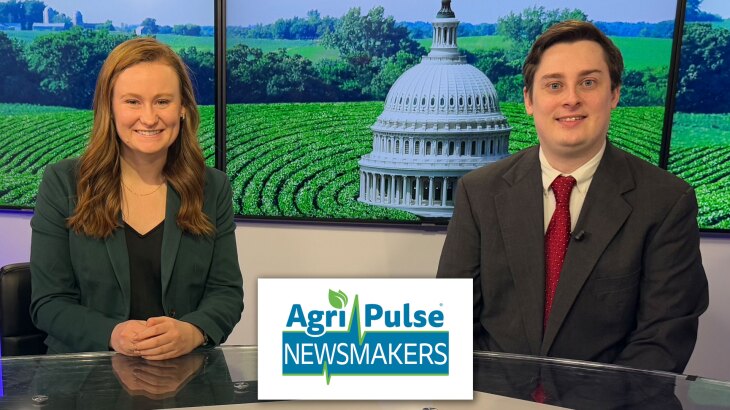Tariffs could greatly impact the almond industry, as U.S. growers export more than 70% of the nation’s crop.
The almond industry says this is why it is so important to diversify exports.
According to Almond Board of California President and CEO Clarice Turner, “Putting all our eggs in one basket is just never wise. China used to be our number one trading partner. It’s now number five, thanks to a 55% tariff. You know, we get forgiveness for about 30% of that, and we have many friends in China that those relationships go deep, and they love almonds. So I don’t think that that’s where they would like their government to go, but when it gets politicized, who knows... What happens then? So, we try really hard to be strategic and thoughtful about maintaining and also enhancing our relationships around the world so that if things do go upside down, you know, we try to find a way to still work through things.”
Turner says that over time, they have learned to navigate these global challenges.
“There’s always ways to be able to address challenges. You know, that can reduce taxes, can reduce different things that are also impacting growers that are not tariff-related. We’re always working on that stuff all the time too, and that we’ve had some great breakthrough in actually India last year and the UK this year,” she notes.
California is the largest almond-producing state in the U.S., producing nearly 25,000 pounds of the nut last year alone.











